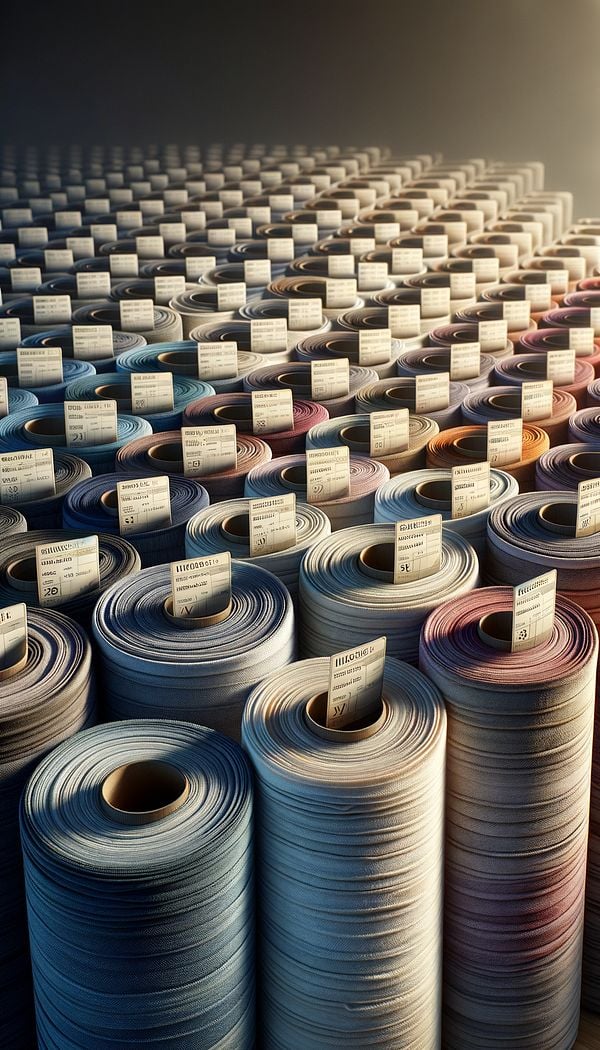What is a Dye-lot?
A dye-lot refers to a batch of material dyed in the same dyeing process, ensuring color uniformity among the products.
Description
In the context of interior design, a dye-lot is crucial for ensuring that fabrics, carpets, wallpapers, and other textile-based elements maintain consistent color throughout a space. Each dye-lot is assigned a unique identification number, which helps in matching products purchased at different times or from different sources. As dyeing is a complex chemical process, slight variations in temperature, dye concentration, or material quality can result in noticeable color differences between batches.
Knowing and matching dye-lot numbers is particularly important when purchasing additional material after an initial buy or replacing parts of a material. This ensures that all the material in a room, whether it be drapes, upholstery, or carpets, appears uniform, without unintentional color variations that can detract from the overall design aesthetic. Interior designers often request samples or swatches that include the dye-lot number to verify color consistency before making large purchases or specifying materials for a project.
Usage
When redecorating a living room, for example, an interior designer may specify that all upholstery fabric for the furniture should come from the same dye-lot to guarantee color consistency. Additionally, when ordering additional rolls of wallpaper for a project, ensuring they are from the same dye-lot as the initial order can prevent the final design from having mismatched hues on the walls.
FAQs
-
Why is it important to match dye-lot numbers?
Matching dye-lot numbers is important to ensure color consistency across all pieces of a material or fabric in a space. This prevents unintentional color variations that can detract from the design's overall look and feel.
-
Can there be color variations within the same dye-lot?
While manufacturers strive for color uniformity within a dye-lot, minor variations can still occur due to the complexities of the dyeing process. However, these variations are typically much less noticeable than those between different dye-lots.
-
How can I find the dye-lot number for a fabric or material?
Dye-lot numbers are usually provided on the product label, packaging, or accompanying paperwork. If unsure, you can ask the retailer or consult with the manufacturer directly.
-
What should I do if I can't find a matching dye-lot?
If you can't find a matching dye-lot, it's advisable to obtain a sample of the closest match and compare it under various lighting conditions. If the color difference is minimal or acceptable for your project, you can proceed; otherwise, you may need to explore alternative materials or designs.
Practical Application
Before making large purchases of textiles or materials, always check the dye-lot number and request samples to ensure color consistency. This is especially important for large projects or when adding to or replacing parts of existing material. Keeping records of dye-lot numbers for future reference can also save time and prevent issues down the line.
-
Design Styles478 articles
-
Decorating Principles & Elements330 articles
-
Materials & Textiles360 articles
-
Color & Patterns154 articles
-
Textiles & Upholstery252 articles
-
Tambour DeskA Tambour desk is a type of desk characterized by sliding or rolling panels made of narrow wooden slats.
-
Shield BackA shield back is a specific design of chair back that resembles the shape of a shield.
-
SateenSateen is a fabric known for its smooth, luxurious feel, often used in interior design for bedding and upholstery.
-
SettleA settle is a traditional wooden bench with a high back and armrests.
-
ChesserA chesser is a piece of furniture that combines elements of a chest of drawers and a dresser.
